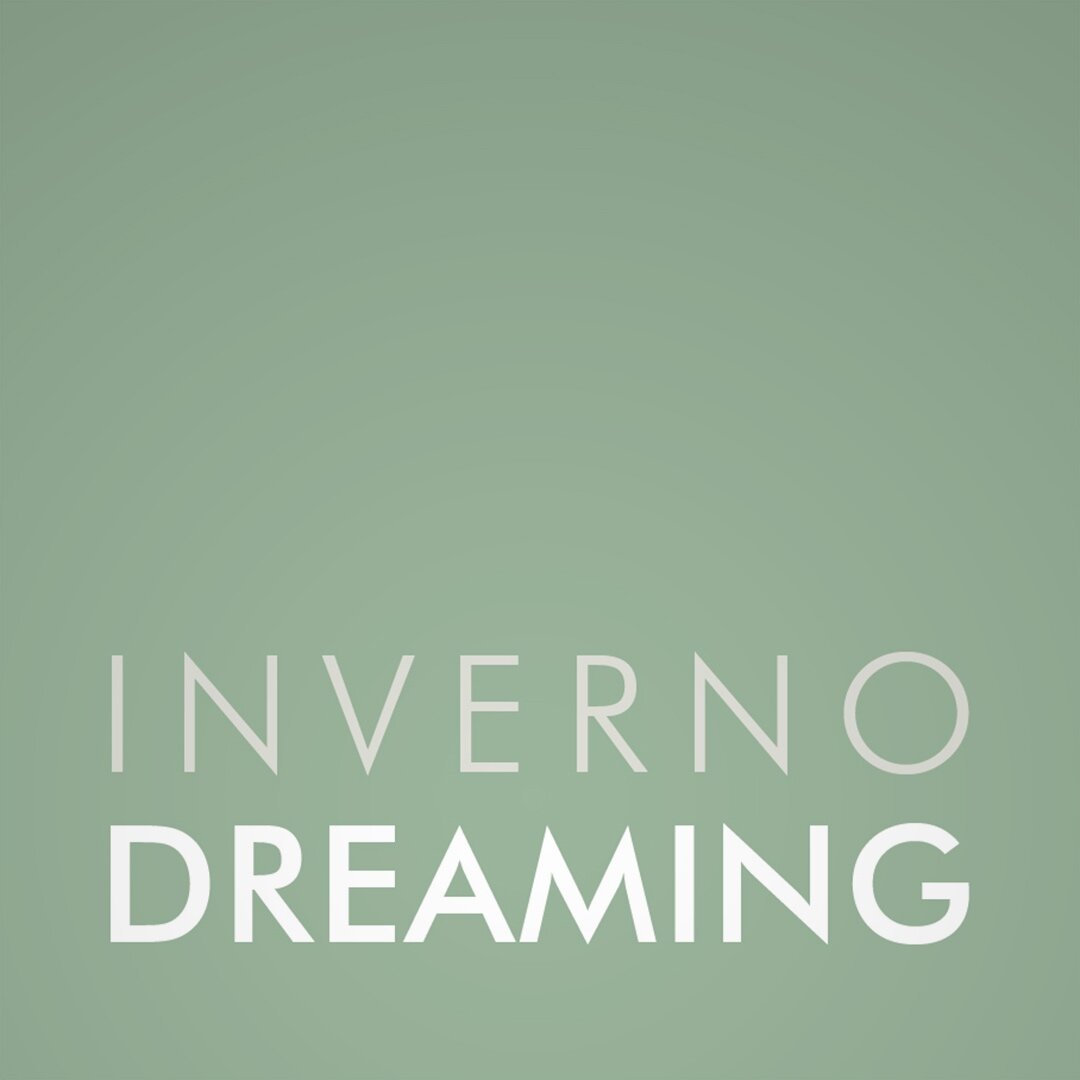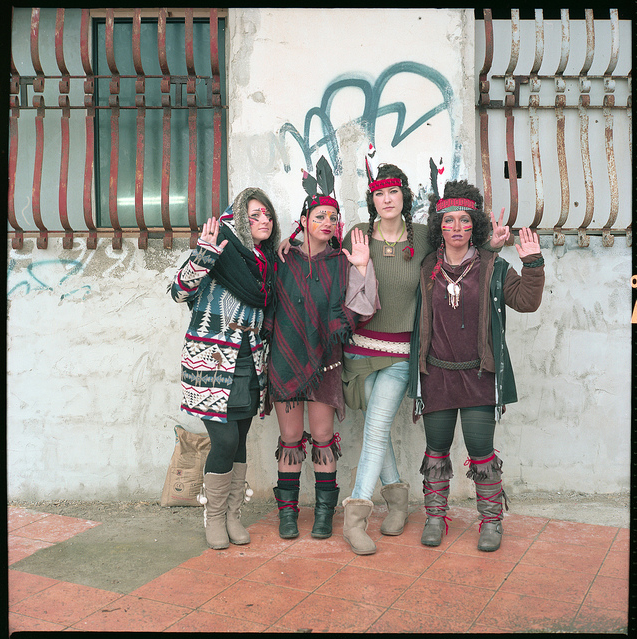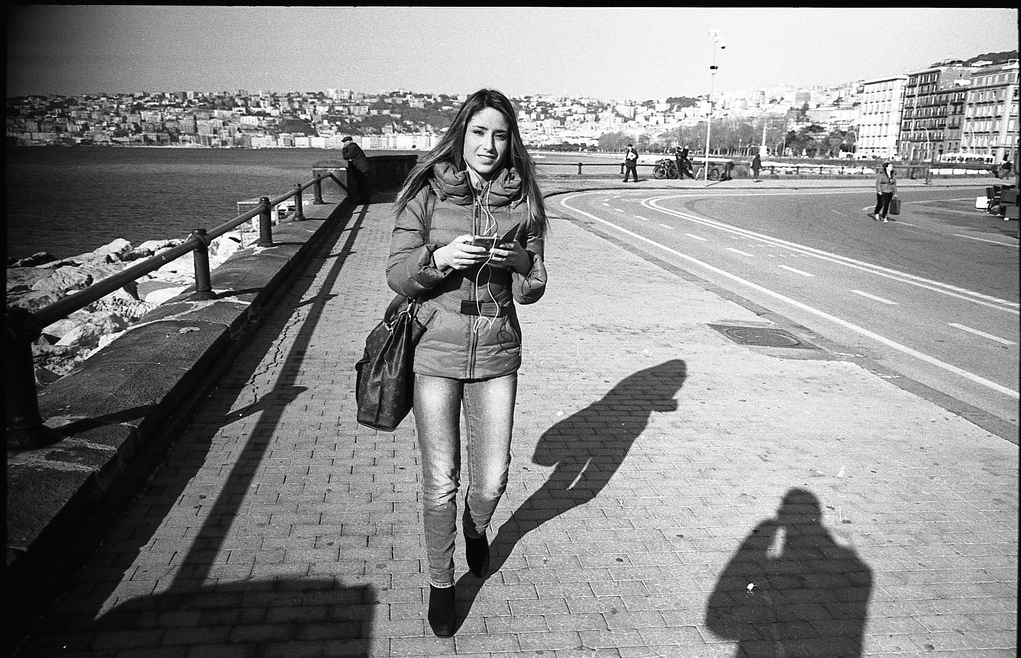1999 and in a departure for Contax the company made what could arguably be described as the worlds most advanced medium format film camera system. Together with its range of excellent Carl Zeiss autofocus lenses, interchangeable vacuum film backs and superb build quality it quickly became a popular camera of choice for professional photographers. The Contax 645 was always a high-end professional system but when Kyocera pulled the plug on the Contax brand in 2005, a legend was born. This together with the remorseless advance of digital technology meant that slowly more and more top end film cameras became accessible to analogue photographers. The Contax 645 has now become a much-desired camera for many film users. Not long ago my friend Viola Tavazzani told me about her successful hunt to find a 645, I thought it would be a good chance to get a personal view of buying, owning and using this noted camera.
• Viola what made you decide to buy a Contax 645?
I'm a wedding photographer, and when I became interested in Film Photography I thought it would be great to become a hybrid shooter, and thought I would need a film camera with a built-in light meter and autofocus. I started doing some research and found that one of my favourite wedding photographers, Jose Villa, was doing magic with his Contax 645. I loved the colours and the bokeh was just unreal. I needed that camera!
• How and where did you find your camera?
It was a long and difficult process. Here in Italy the Contax 645 is very hard to find: it was never very common because of it's high price, so I feared that all I could find was some tired and over-used ones from old photographers. Ebay was literally full of Contax 645 bodies coming from Japan or US, but I resisted the temptation to buy one online from overseas because I wanted to verify its conditions and integrity. Then one day I found an advertisement: there was a seller in Milan, about one hour drive from where I live. I went to the shop, and the camera was still in its box, with all the seals. I coudn't believe how lucky I was!
• Do you have any advice for a potential buyer of a 645?
Yes. Especially if you are in Europe, you need to be patient. Finding a Contax 645 can take longer than you expect. Then, don't just buy this camera because you want a great film camera with autofocus. It surely is not its best feature, especially if you love shooting at low aperture speed, because focus almost always needs to be manually corrected.
• What was your initial Impression of the system, and how does it compare to other medium format cameras you have used in terms of function and build quality?
The only medium format cameras I used before the Contax are the Yashica 645 and the Pentacon Six TL. Of course with the Contax you get the instant feeling of a newer, less "vintage" kind of camera. Despite its heavy weight, it's not bulky and the grip makes everything easy to handle. Also the loading system with the film insert is trouble free, and the auto-rewind once the roll is finished is another great feature.
• For me, the subject definition and soft backgrounds that the Contax 645 can make are two of its best features, what are its killer photographic characteristics for you?
The ones you mentioned are easily my favourite features of the Contax. Thanks to the Zeiss lens you can have your subject almost detached from the background, and that is what I like the most. Plus, the 6x4.5 format is such a great size because you have more space in comparison than the usual 6x6 medium format frame. Of course you need to pay even more attention to the composition, but that is what makes this camera the best choice for shooting film at weddings.
• Tell me about your first shoot with the camera.
I was very worried before shooting my first roll. I had just bought the camera and I feared something could be wrong with it. The day after I bought it I jumped on the train to Rome to shoot the first roll with my boyfriend. He is a film shooter, too, and he was as excited as me for my new toy. We shot an entire Kodak Tri-X 400 at sunset in Villa Pamphili, and developed everything at home the next day. It turned out truly beautiful.
• Viola what's better, your Contax 645 or your Nikon D800?
Of course I need my D800 for weddings, also because in Italy film photography is still considered vintage and has almost no attraction for clients. I hope to be part of the change about that. If I have to say which one I liked more, I would say the Contax with no hesitation. I just love it!
• So you'll keep the 645 forever?
Yes, I'm starting a little film camera collection, and I always thought I could sell something in the future if I need to, but the Contax will stay exactly where it is.
Well, there's nothing like a personal recommendation to make me even more envious! There is plenty more evidence of how good this camera can be in the right hands on Violas website L & V Photography or you can follow her Flickr photostream Scarletd here
© All Rights Reserved |Viola Tavazzani 2014
























